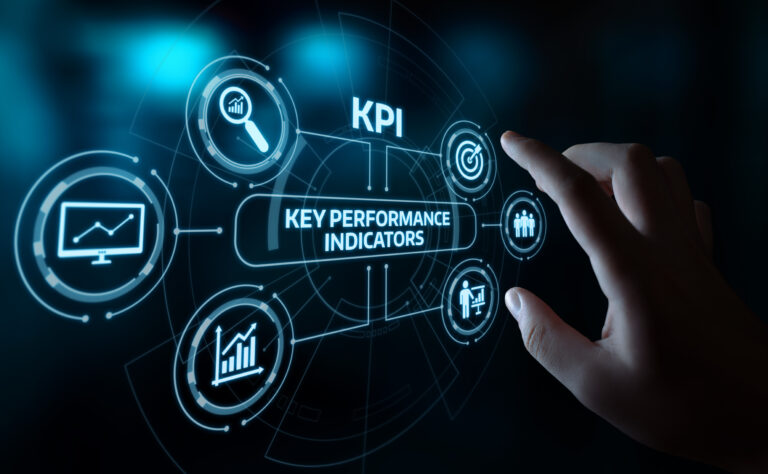The high competition in the hiring landscape has made it such that companies have had to rethink their entire recruitment strategy. It is no longer prudent to seek out candidates when a position is made vacant especially in high turnover, high stakes roles. Instead, hiring managers have to anticipate upcoming gaps and work to ensure that they’re filled as soon as they come up. This is why, on top of plans like outsourcing recruitment, businesses need to create talent pipelines to cover their bases at all times.
But what exactly is a talent pipeline and why do you need it like yesterday? In this blog, we’ll give you a comprehensive explainer of talent pipelines, show you how it can revolutionize your hiring and how you can implement one.
What is a Talent Pipeline?
Not entirely a new concept, a talent pipeline is a continuous stream of candidates that meet your hiring criteria, who can be brought in to fill a gap. So instead of traditional recruitment, where you hire a candidate when you have an immediate need for them, a talent pipeline requires proactive sourcing, where you engage a candidate for a role that may arise in the future. It’s like squaring away talent for a rainy day.
But building a talent pipeline requires a shift from reactive to proactive hiring. It is relationship-based recruiting, where a hiring manager and a potential employee build a rapport that will be cashed on later as opportunities arise. And the shift has been palpable over the past few years; according to a survey, 82% of recruiters see proactive hiring as a priority.
How Can You Benefit From a Talent Pipeline?
Before we show you how you can get started your very own talent pipeline, it is worthwhile to discuss its potential benefits:
- Reduction in hiring time- Probably the most apparent of the benefits of talent pipelines is the improvement in time-to-hire for high turnover roles. This is because immediately when a position needs to be filled, you have pre-vetted candidates, with whom you have a great relationship, ready to step up. You don’t need to go back to the drawing board each time.
- Improves the quality of hires- No matter the rigor you put into bringing on a new employee, it is always a leap of faith; whether they possess the skills they claim, whether they’d be a good fit for your company, if they’re up to the challenge, etc. But what if you can avoid all this anxiety or at least slash it by a great percentage? Enter talent pipelining. Since you’ve known the candidates for a while, developed a rapport with them, even picked their brain here and there, you know what exactly you’ll be getting when you hire them.
- Higher retention rates- The main aim of a talent pipeline is to fill those demanding or high stake roles. But with the care taken to develop a strong pipeline, high turnover may be a thing of the past. Since a lot of effort is taken to curate a group of potential hires, most hiring boxes are ticked in the process, which can eventually reduce the number of employees leaving your company prematurely.
4 Steps to Creating a Robust Talent Pipeline
-
Understand Your Company- Its Needs and Goals
Before you can embark on talent pipelining, you must first assess the needs of your company as well as its long and short term goals. So if you’re in the talent pipeline game, you’re in the anticipation game. You need to know which roles have high turnover, e.g. sales roles, or which ones will require additional input in the near future in case of growth. This will help you prioritize your hiring efforts.
Another way can be conducting a “what if” analysis to determine the impact of the sudden departure of an employee to your company. If that occurrence could leave you vulnerable, then it is wise to have “backups” in case of any eventuality.
-
Attract The Right Talent
Like we mentioned at the beginning of this blog, the foundation of talent pipelines is relationships. So for you to be able to attract top-class talent and keep them in your fold in the long run, you need to have a glowing employer brand. This will be the basis of the connections you build.
If your company values, culture and experience promote a conducive working environment, you will automatically get the attention of many potential hires. So instead of a push strategy, where you aggressively market vacant roles, you’ll transition to a pull strategy, where your vacancy ads draw in many applications without too much coaxing.
-
Have a Dependable Talent Pool
The pipeline draws from the pool. Although talent pipeline and talent pool are used interchangeably, there’s a subtle distinction between them. Where a talent pool is a broad group of people that potential employees can be sourced from, a talent pipeline is built from vetted, ready-to-hire candidates that can at any point be called to action. For your talent pipeline efforts to be successful, you require a dependable source of candidates, that you can then narrow down to those that would fit perfectly into your company.
But here’s the catch- that takes a lot of time. So what if you had a place where your potential candidates are already vetted? This would narrow down your search to only serious candidates, so your focus would just be on how they fit into your vision for your business. This is Ureed.com. And with Ureed Enterprise, you can outsource your entire recruitment process (including talent pipelining), so you can concentrate on your core functions.
-
Vet The Talent Carefully, Then Focus on Development
After you’ve identified a pool, the next move is to vet their potential to find out what value they could add to your company. Remember the assessment you made in Step 1? This is where it comes in handy. From your company’s goals and needs you’ll understand important characteristics and skills that your candidates should have, like: the challenges they can solve, what role they can fill in the future, what skills they bring to the table, etc. From there you’ll be able to decide who moves up the pipe and who’s left swimming in the pool.
After building your pipeline, it is also just as important to offer training to your internal and external candidates (yes, talent doesn’t always have to be from outside) to help them grow to meet the evolving needs of your business against the back-drop of an ever-changing world.
Finally, always have a hand on the beat of your talent pipeline. It is not always going to be at its optimum, so you may need to make tweaks when necessary. You can use KPIs such as employee turnover, time-to-hire and employee job performance to check the health of your pipeline.
Next Steps…
As we’ve just seen, building a talent pipeline takes a lot of work but the results make the effort worth it.
If you don’t know where or how to start your talent pipelining journey, look no further than Ureed Enterprise. We’ve had a lot of practice building high-performance teams, so you’re guaranteed to get a high return on your investment when you bet on us.
Never be caught off guard, trust Ureed.com to build you your best ever talent pipeline!




